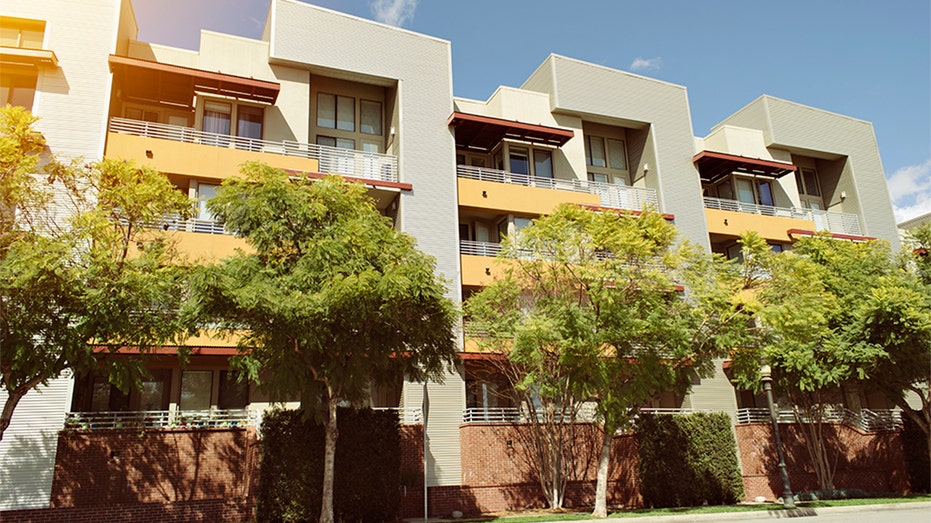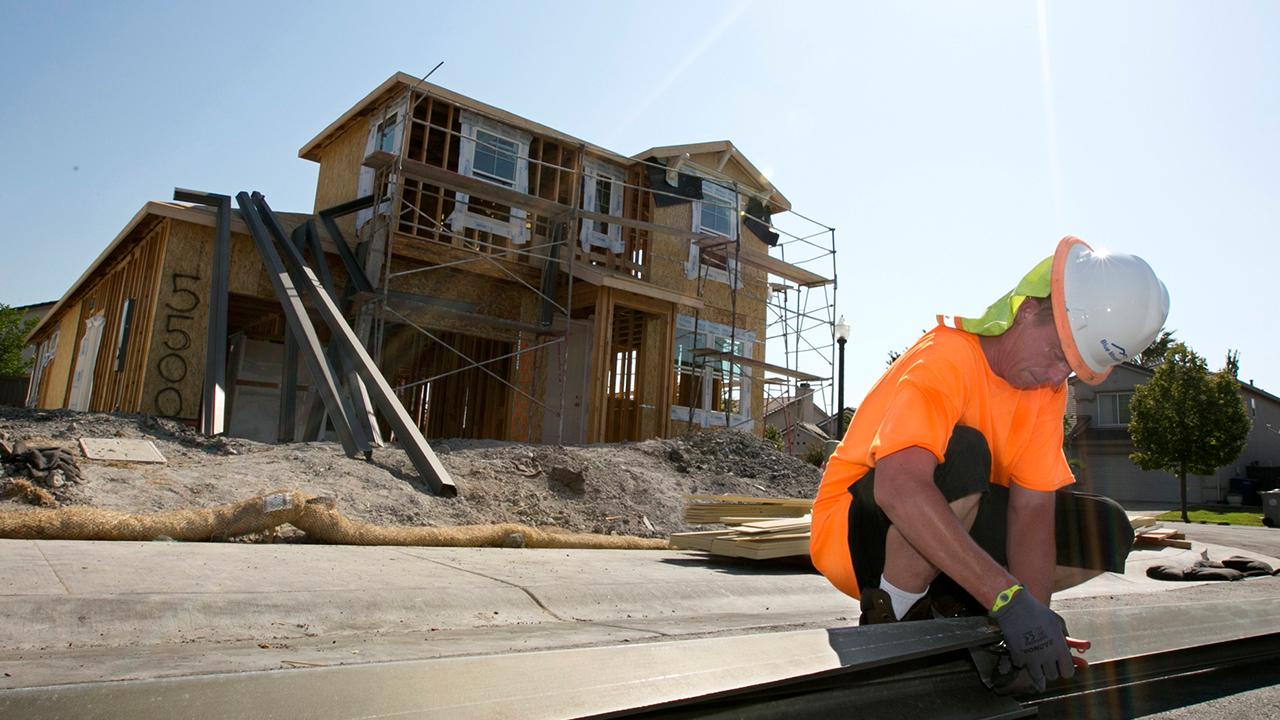What is an investment property?
Investment property 101: How you can make money from residential, commercial and mixed-use structures
People will always need a place to live, and that key fact is what keeps the real estate industry alive. This includes investment properties, in which people purchase residential or commercial structures with the intention of earning a return either through resale or rental income.
LOOKING TO INVEST IN REAL ESTATE? CONSIDER THESE OPPORTUNITIES, RISKS

(iStock)
What do you need to know?
Although it will cost you money, an investment property is not meant for residential use by the investor. It is solely meant for generating income.
HOTTEST US CITIES FOR REAL ESTATE MONEY
Your investment can be a short-term one where you buy and rehabilitate a property for higher resale value or your investment can be a long-term one where you buy and hold a property so you can make money from tenants.

(iStock)
An investment property can be held by an individual, a group or a corporation.
TO SELL YOUR HOUSE AVOID THIS COMMON MISTAKE: REAL ESTATE EXPERT
Investment property types?
Residential: This investment property type allows investors to supplement their income by charging residential tenants monthly rental fees. The property can be a single-family home, apartment, condominium, townhome or another similar residential structure.
GET FOX BUSINESS ON THE GO BY CLICKING HERE

(iStock)
Commercial: Commercial property allows investors to supplement their income by charging commercial tenants monthly rental fees that are higher value because these properties tend to be designed for housing businesses such as retail stores or restaurants. Entire apartment complexes can also be considered a commercial investment property. Maintenance costs are higher for commercial properties, so it is not uncommon for corporations to be investors.
CLICK HERE TO READ MORE ON FOX BUSINESS
Mixed-use: This investment property type allows investors to supplement their income by charging residential and commercial tenants monthly rental fees. This is usually possible when a building has a retail storefront on its main and/or subsequent floors while the remainder is reserved for residential units.




















